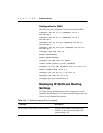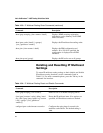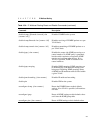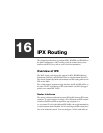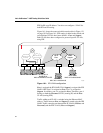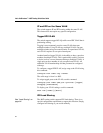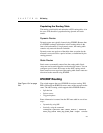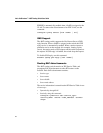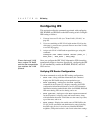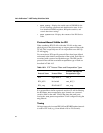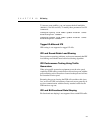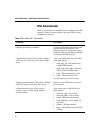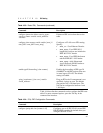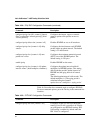
C H A P T E R 16 IPX Routing
295
Populating the Routing Table
The routing switch builds and maintains an IPX routing table. As in
the case of IP, the table is populated using dynamic and static
entries.
Dynamic Routes
Dynamic routes are typically learned using IPX/RIP. Routers that
use IPX/RIP exchange information in their routing tables in the
form of advertisements. Using dynamic routes, the routing table
contains only networks that are reachable.
Dynamic routes are aged out of the table when an update for the
network is not received for a period of time, as determined by the
routing protocol.
Static Routes
Static routes are manually entered into the routing table. Static
routes are used to reach networks not advertised by routers. You can
configure up to 64 static IPX routes on the 480T routing switch.
Static routes are never aged out of the routing table. Static routes are
advertised to the network using IPX/RIP.
IPX/RIP Routing
See Figure 13.4 on page
241.
The switch supports the use of IPX/RIP for unicast routing. IPX/
RIP is different from IP/RIP. However, many of the concepts are the
same. The 480T routing switch supports these IPX/RIP features:
• Split horizon
• Poison reverse
• Triggered updates
Route information is entered into the IPX route table in one of two
ways:
• Dynamically, using RIP
• Statically, using the command:
configure ipxroute add [<dest_netid> | default]
next_hop_netid next_hop_node_addr <hops> <ticks>



